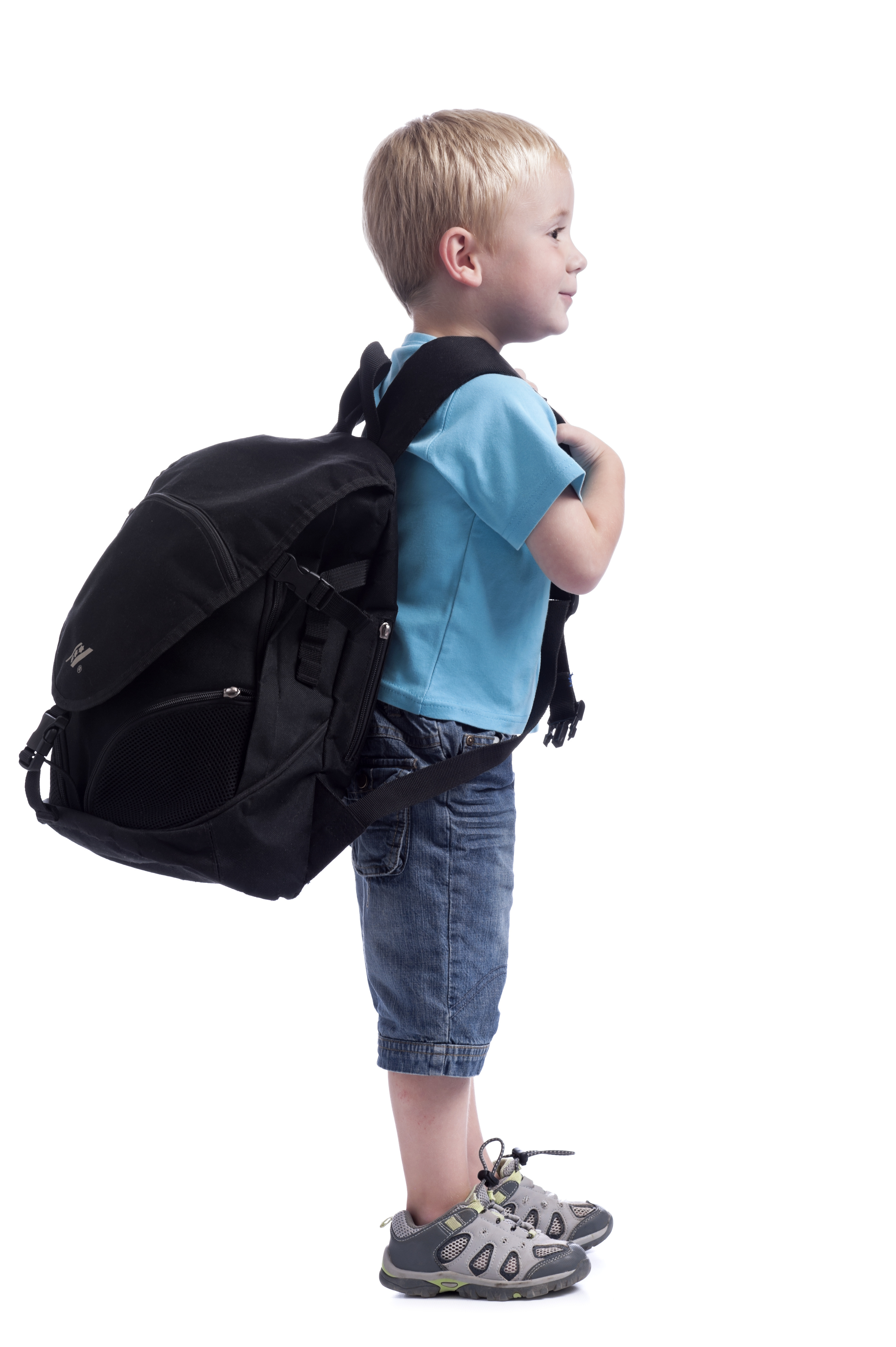
<h2>Backpacks and footwear are two often-overlooked aspects of school children’s health, according to the Australian Physiotherapy Association.</h2>
<p>With obesity rates amongst children and adolescents having increased significantly in recent decades, the need to get kids physically active as part of their normal daily routine has never been more important.</p>
<p>With this in mind, the association’s chair of paediatric group, Julianne Pegler, said kids were more likely to want to be active at school if they were comfortable.</p>
<blockquote>
<p>“Sedentary habits aren’t likely to be broken unless there are easy, attractive ways for kids and teens to be regularly active. One easy thing parents can do is ensure that their kids’ school bags and shoes fit properly, so that their travel to and from school is not uncomfortable.”</p>
</blockquote>
<p>Ms Pegler’s advice to help ensure children start the school year in comfort included:</p>
<ul>
<li>choosing a backpack with wide shoulder straps that sit well on the shoulder</li>
<li>ensuring waist and chest straps help transfer some of the load to the hips and pelvis</li>
<li>choosing a padded back-support to allow the pack to fit ‘snugly’ on the back</li>
<li>ensuring the backpack fits the child; don’t buy a big pack to ‘grow’ into &#8211; the pack should not extend higher than the child’s shoulders when sitting</li>
<li>being aware that moderately weighted backpacks are not detrimental to kids’ back health</li>
<li>avoiding swinging backpacks around</li>
</ul>
<p>Comfortable footwear, too, was important in encouraging kids to be more active. The average child wore their school shoes for over 1500 hours per year, Ms Pegler said, so it was important that school shoes supported their feet. Some tips to look out for included making sure the shoe:</p>
<ul>
<li>has a firm heel counter, which is designed to hold the foot in place. Without a firm support around the ankle, the shoe isn’t able to support the foot properly.</li>
<li>has good torsional stability. Hold both ends of the shoe and twist in opposite directions. There should be minimal movement. Torsional stability protects the foot from rolling in or out too far.</li>
<li>bends in the right place. Squeeze both ends of the shoe together; it should bend at the toes where the foot naturally bends. If it bends in the middle it can cause extra stress underneath the foot.</li>
<li>fits correctly – too much or too little space will affect comfort and potentially cause blisters or the foot to move too much within the shoe.</li>
</ul>

Loneliness and social disconnection negatively impact wellbeing. A new WHO report finds teens feel the…
Should play-based learning be part of the primary curriculum? Researchers asked primary teachers from Australia…
Working with ASSA ABLOY, the school has eliminated potential emergency rekeying, and removed the guesswork…
Lithuania will be providing free AI technology to every secondary school in the country.
Whether it’s sharing important updates, boosting morale, or showcasing student success, digital displays are becoming…
Industrial, legal action and unrest between the education sector and the Ministry of Education rises…
This website uses cookies.